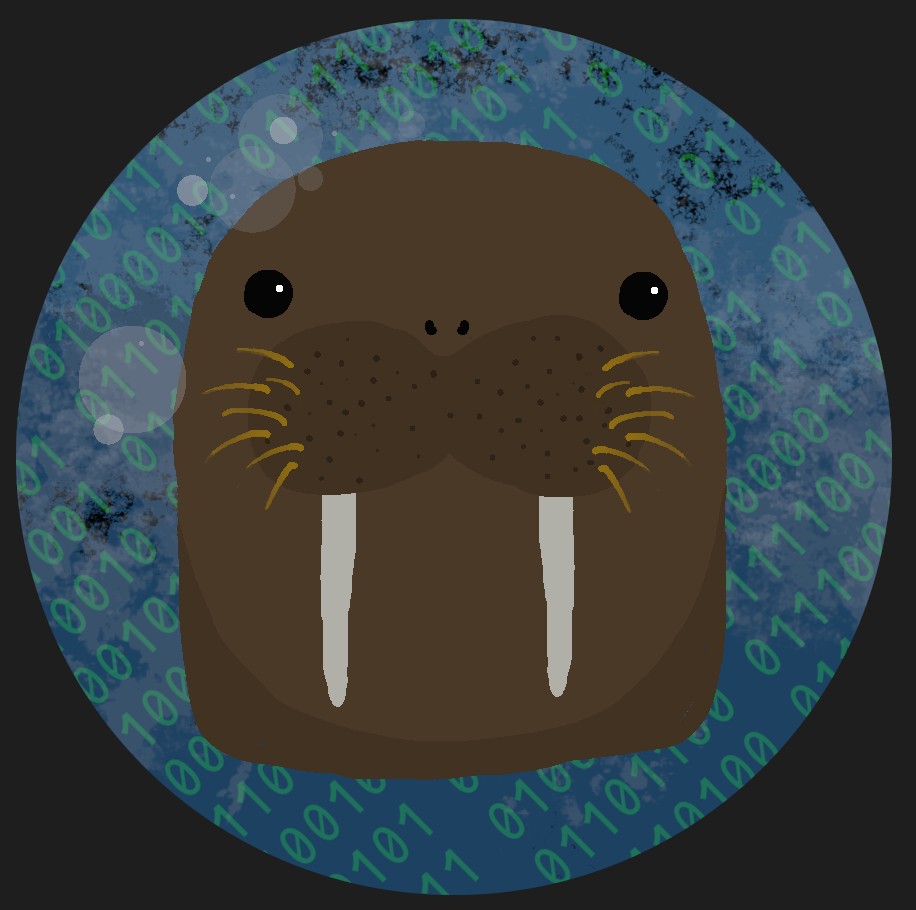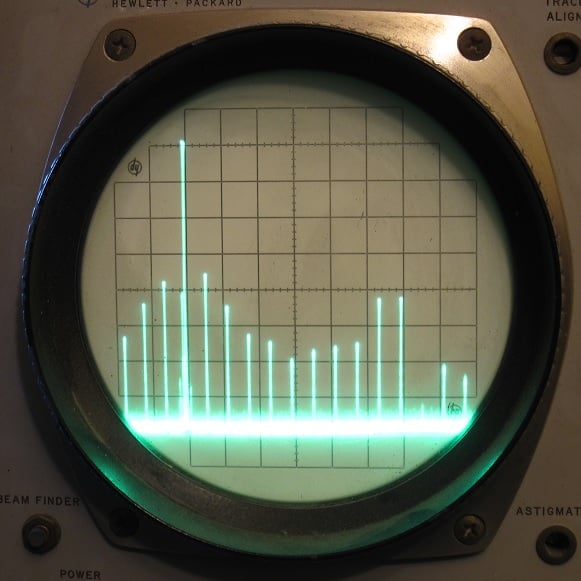With the new computer and the newer Microsoft Windows updates they have really jam packed their OS with bloat and spyware. That being said I have no idea what I’m doing with Linux, need help with where to start.? What are some general tips? I understand there’s a lot of prebuilt Linux distributions or something what are some first timer friendly ones? Really any help is appreciated because the biggest barrier to entry is the perceived difficulty of actually doing it.
Linux Mint is great for beginners. Have you ever installed windows? Installing Linux Mint is as easy as that. The day to day use is not much different compared to windows. Don’t be afraid to try it out, you can always go back to windows if it does not work out for you
Focus on simple things first too! I see a ton of people talking (in other threads) about not wanting to deal with the terminal/command line and that is fine. Mint will install/set up hardware without it and includes a software store that will handle everything via the GUI. Once it’s installed check the store out and get the apps you want/need.
Then focus on one thing at a time - i.e. pick an app you need you haven’t found/setting you really want to change and start googling/asking here for tips/help. Like any OS there will be some differences to get used to but you don’t need to learn all at once!
As others have said, Linux Mint is probably the best distro for absolute beginners. You’ll have several desktop environments to choose from (the software suite that gives you things like window frames, the taskbar, the application launcher…). I like KDE Plasma and Cinnamon - Plasma is a lot more customizable, but Cinnamon is more robust and (IMO) better suited for beginners.
You’ll have to unlearn a lot of Windows habits.
:q!is very important, remember it.- You won’t download application installers from the internet, you’ll have to either use the system’s own package manager in the terminal (APT for Mint), a GUI front-end, or Flatpak.
- You won’t be able to choose where software are installed.
- There are no lettered drives. There is a single root filesystem (equivalent to
C:\on Windows), and every other partition has to be mounted somewhere within that filesystem. Most graphical file manager applications take care of that automatically. - Updates are very important. Fortunately they are much less of a pain in the ass. Graphical package manager apps usually offer automatic reminders, or you can use the terminal to update manually.
- The terminal is much more important compared to Windows, and you should learn basic things like navigating the filesystem, handling files and directories, how to use
sudo(eq. run as admin), how to manage running processes (top,kill/pkill/killall), and how to use the package manager. - Use manuals and the
mancommand. The Arch Wiki is an invaluable tool for every distribution. - Ask your questions. There will be dickheads, but most people will be happy to help.
I swear to God this is my biggest gripe with Linux, not being able to choose where stuff gets installed. Like yeah cool I want to have the OS on a SSD but that doesn’t mean I also want my packages to go to it too, the HDD is for that
You could set it up so that your root is on one drive and your home directory is on another
But doesn’t APT or Pacman install to root folders? Like when I say I want just the OS on the SSD I really mean it.
Usually each distro decides which packages go in / and which in /usr based on how critical, more or less, a package is to the system. It’s often not very easy to configure these choices because it affects other distro decisions, including filesystem structure and paths, and boot sequence. Beware that “just the OS” on a typical distribution is usually a lot less functionality than you get with “just” Windows NT.
There’s also /usr/local for packages you install on your own, apart from the distro package manager, and /opt, for closed source binary only packages or for anything else that doesn’t want to conform to the bin, lib, include, share schema.
Yeah, they’re installing software.
Everything below / is the OS. There isn’t an analog to C:\Windows in *nix-like operating systems.
The closest thing to a pure separation would be an immutable distro like Silverblue or MicroOS.
What are you trying to separate from the OS files? If it’s just personal documents and stuff like that, I don’t see why you can’t just keep those in your home directory. Or are you saying you want your installed programs separate from the Linux kernel? Then you can just put the boot partition on one drive and have the root partition on the other (including home). I guess I’m just a little confused as to what it is you’re trying to separate here. What do you mean when you say “separate from the OS”?
Yeah I was thinking the same thing too, technically if we would recreate the file structure on the second drive, move everything there and set up soft links to those folders instead it might work? I need to try it out in a vm
Take a look at this, might be interesting: https://wiki.archlinux.org/title/Overlay_filesystem
I had no idea this exists and it looks like it might just work, thank you
@Ozzy Exactly what I was thinking. Kind of a PiTA if everyone needed to do that, but maybe an excuse to throw up an open-source script on github for it.
Is that really an issue, though? My entire install is only 38GB (not including swap), and I’ve never even gotten close to filling the root partition.
If you really want to, you could mount the HDD to
/usror make symlinks pointing to a directory on the HDD.I am more concerned about the life of the SSD than it filling up. I’d like to minimize the amounts of write operations and since I have a perfectly capable HDD that doesn’t suffer from such a thing I want to offload all of that work.
Also thanks for mentioning mounting, completely forgot about that and it might actually be easier to do
I wouldn’t worry too much about SSD wear. It’s not nearly as big an issue for PCs, and wear balancing can stretch that ~10000-write lifetime to many years, especially if most of the SSD is empty. I bought my oldest SSD around 2015 and it still works perfectly. SMART barely reports any errors.
If you want frequently written files to be on the HDD, start with
/var,/run, and~/.cache. Those files are likely far bigger contributors to wear than anything inside/usr.
I value a distro that “Just Works”^TM and I can affirm that Linux Mint is it! Been using it for 5 years and would never go back.
I’d say install virtualbox on your windows, download a few isos and check them out; once you’ve made your mind on which one seems a decent one (don’t worry too much: it’s not like you can’t change distro later on) and have found out replacements for all the apps you use (well, some of them will have a linux version too) save your windows data somewhere, format and reinstall.
I’d say to stay away from dual booting if you can: honestly, it’s a pain. Ah, check that your hardware works well on linux before switching!
Stick to popular distros, mint, Fedora, kubuntu. Test out your hardware, i prefer using usb stick but vm will work Decide on a disto and install it to that partition or drive
I first used mint and made a duel boot machine If you are doing that.
Create a blank partition first in windows. Then install Linux
I started with Ubuntu because it’s so widely covered in tutorials/guides and troubleshooting docs. I want to branch out and try other distros, but I have had no reason to stop using Ubuntu. I use 22.04 on my daily driver and Ubuntu server for my home servers.
I have been daily driving Linux for a couple years now after finally jumping ship on Windows. Here are a few of my thoughts:
- it is important to make the distinction between the distro and the desktop environment, which is a big part of how the UI will look and feel. Many of these DEs such as KDE Plasma, XFCE, and GNOME will be common across many distros. I might do some research on which DE you like the look of. I personally have used KDE the most and that is what I prefer, but all of them are valid options.
- Coming from Windows, I would go into this with the mindset that you are learning a new skill. Depending on how advanced you are with windows, you will find that some things in Linux are simply done differently to how they are in Windows, and you will get used to them over time. Understanding how the file system works with mounting points rather than drive letters was probably a big one for me, but now that I have a grasp of it, it makes total sense to me and I really like it.
- It will also be learning a skill in terms of occasionally debugging problems. As much as I would like to report that I’ve never had a problem, I have occasionally run into things which required a bit of setup at first or didn’t “just work” right out of the box. I know that probably sounds scary, but it really isn’t with the right mindset, and there are tons of resources online and people willing to help.
Install windows first. Install Debian stable as dual boot after that. Add your user to the sudo group and restart. When stuff breaks, look up how to fix it on your phone or in your windows install.
You’re gonna have to gain a different set of troubleshooting skills to deal with Linux, but it’s pretty easy.
Did that a year ago with Linux Mint and I love it. If I start my computer it boots Mint, if I press F11 during startup I can select Windows from the Boot menu. I have a 1TB SSD with two partitions, one NTFS for Windows and one EXT4 for Mint. All other harddrives (NTFS) can be used in both OSs. It wasn’t that complicated, I just followed some tutorial anf I highly recommend this Kind of dual boot setup.
Use mint or Ubuntu and try a dual boot install if you have drive space. That way you can use both and gradually stop using windows
Start with a pre-installed laptop for an easy life? https://itsfoss.com/get-linux-laptops/
Removed by mod
deleted by creator
This only discourages people from switching to linux. You are doing this community a disservice. Nvidia GPUs work just fine, you simply recommend distros like Mint that properly support it.
Once they are a linux user, they will naturally gravitate towards AMD GPUs.deleted by creator
As long as you don’t want to run Wayland anyways
deleted by creator
The distro choice just depends on how much you wanna “learn” about Linux; if you wanna learn a little bit about it, and have a rock-solid distro, with a small RAM usage, I’d recommend Debian stable or testing, with the Mate desktop!
Start with something designed around a graphical interface, pretty much anything based on Ubuntu will do this (Linux Mint, Zorin, Pop!_OS, etc).
If you use Nvidia Pop!_OS has an ISO file with Nvidia drivers already installed. It isn’t hard to get Nvidia drivers on other distros but the more done for you the better.
Package manager is your friend. Learn “whom is whom” in Linux (alsa = your sound “driver”, for instance) and how to fully customize your Linux installation are what I’d call as “The Holy Trinity” of Linux. Know those, and you can call yourself a penguin.
I’m a fan of the “just dive in” approach. You may encounter issues, but researching the solutions is where you really begin to learn. I personally like Fedora, but any of the other distros mentioned are also great choices. The great thing, if you don’t like it there’s tons off other options to try.














